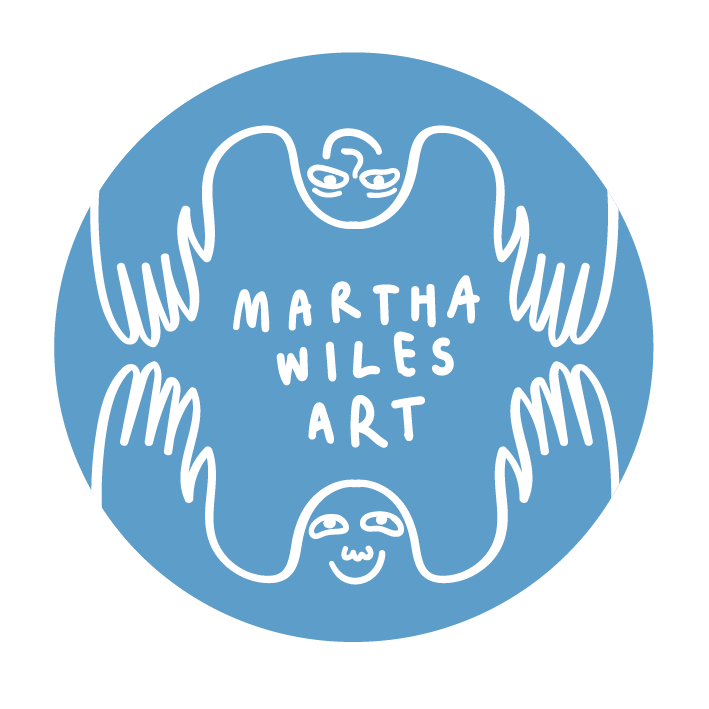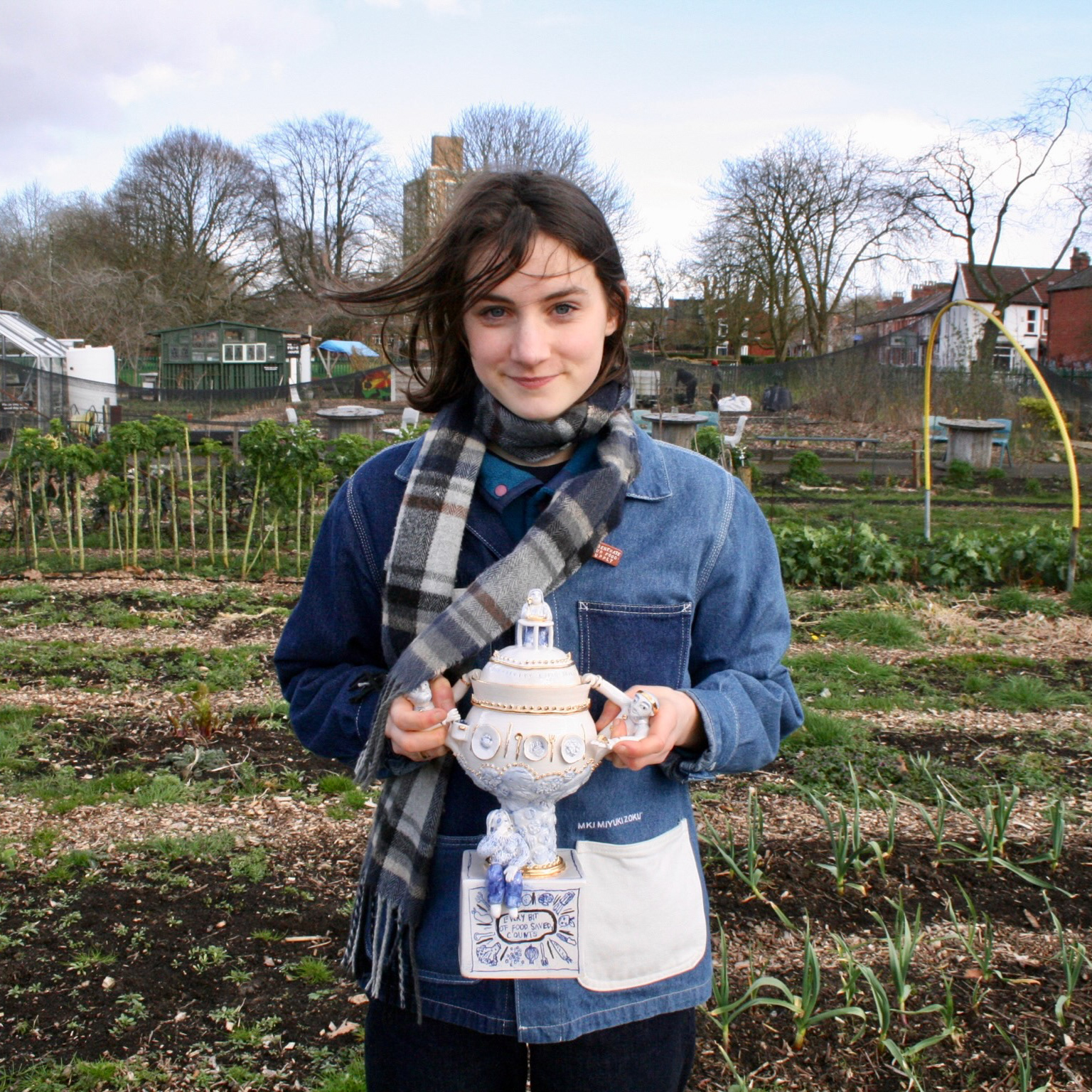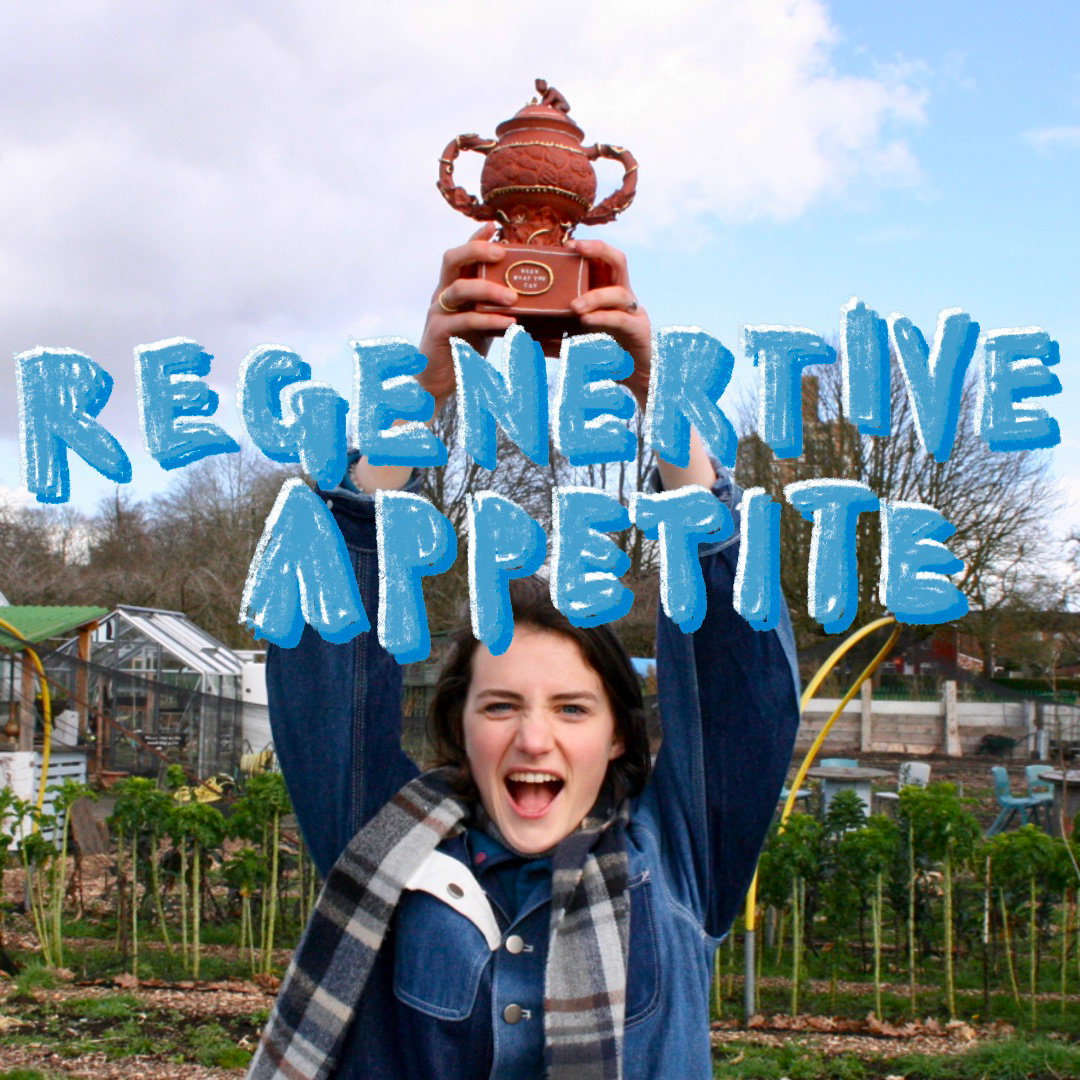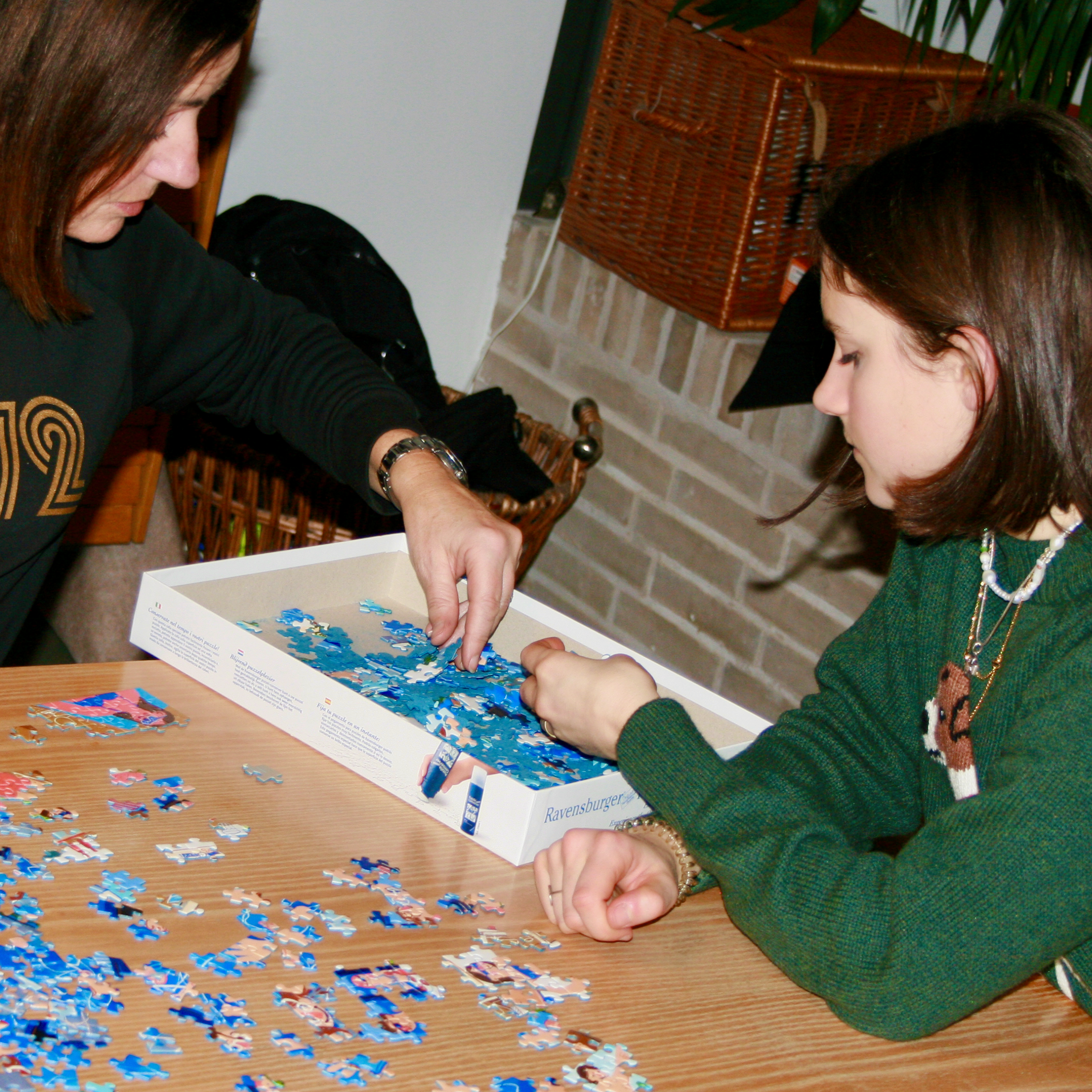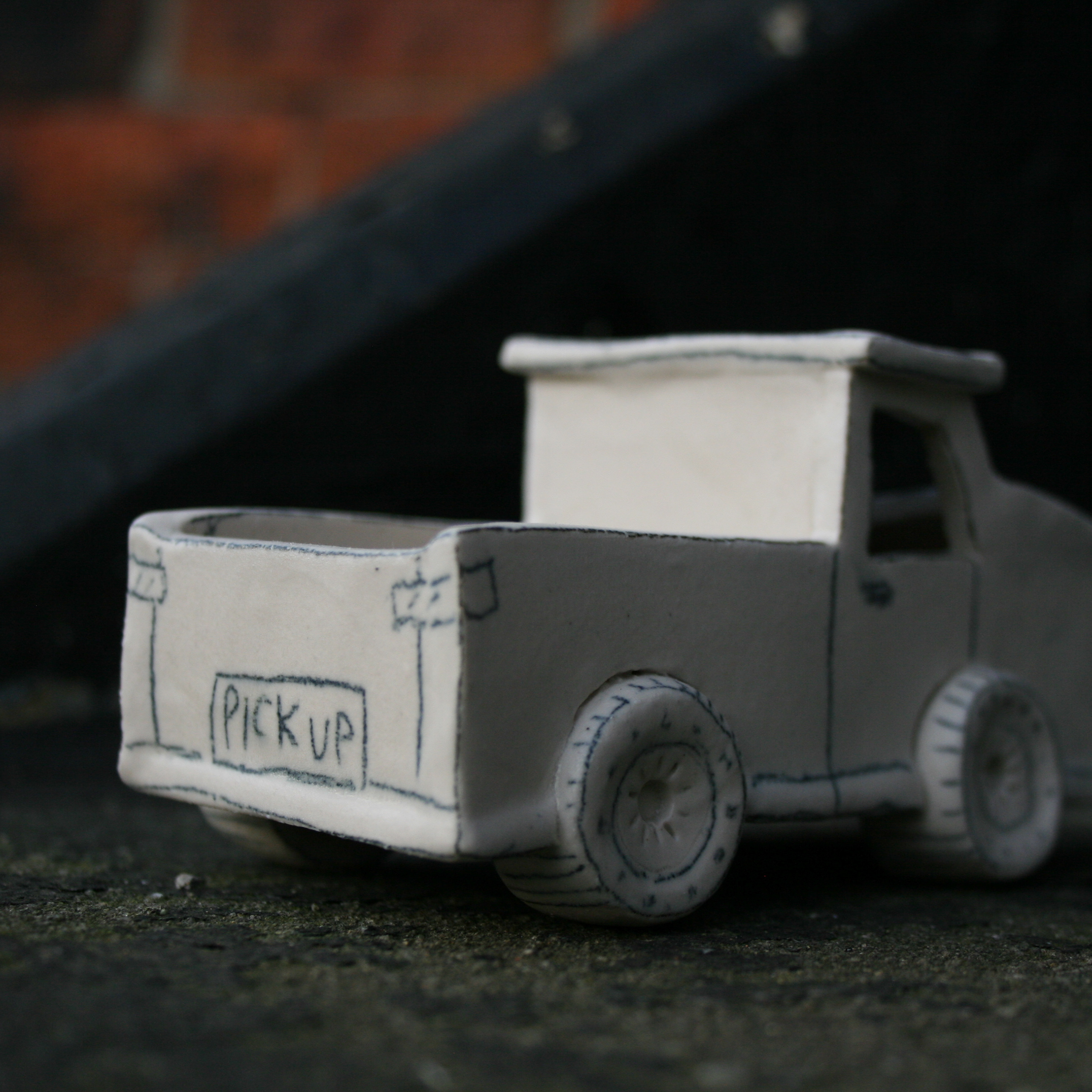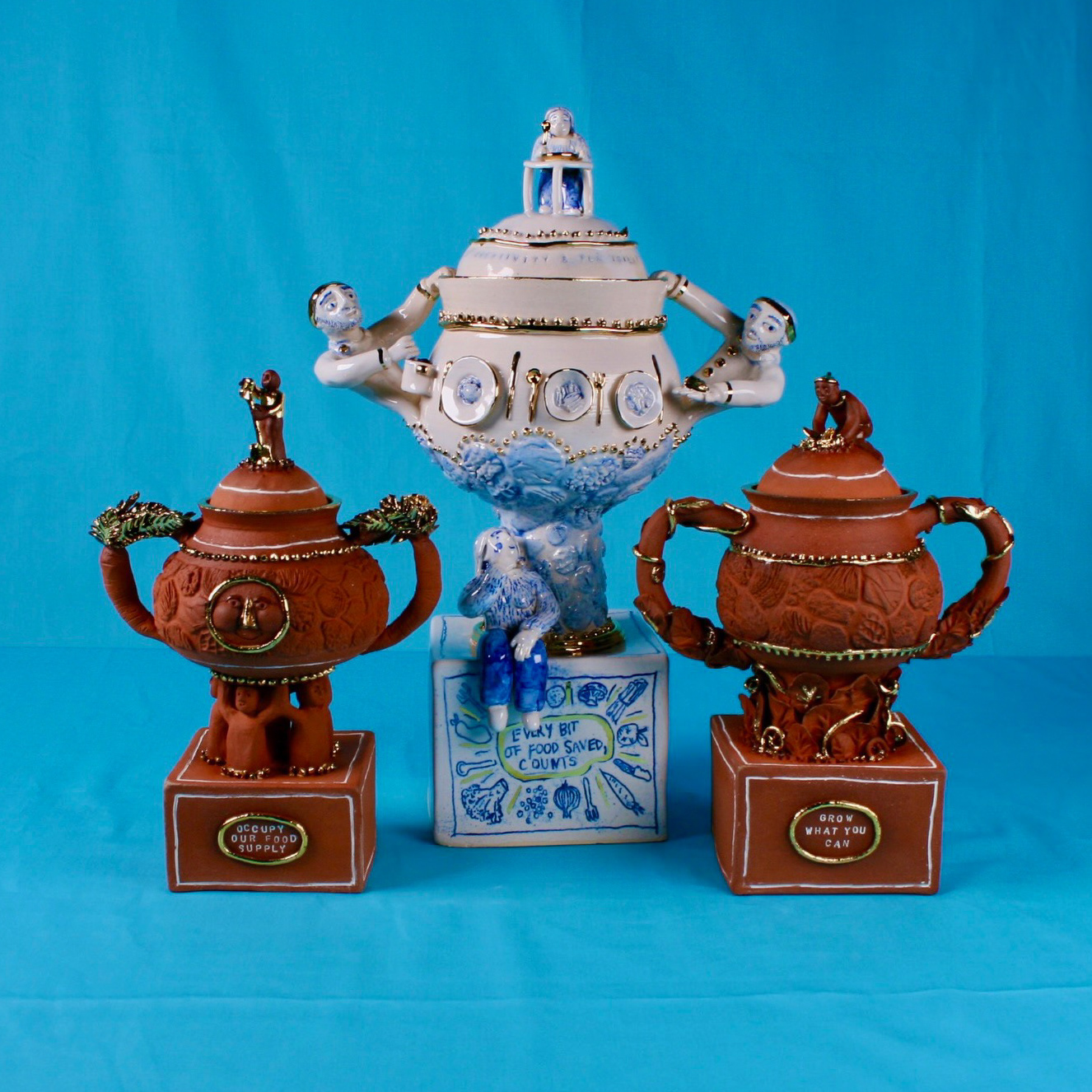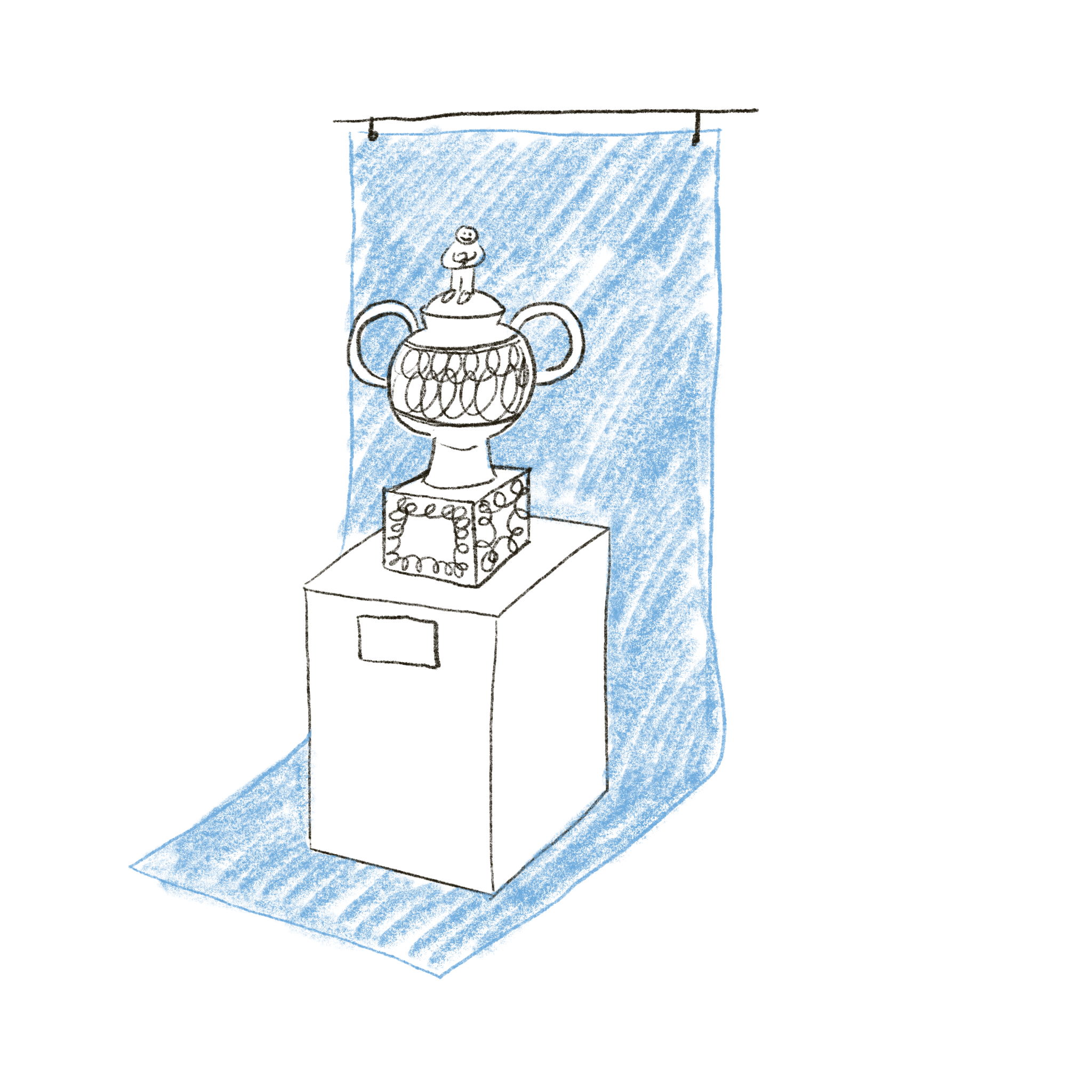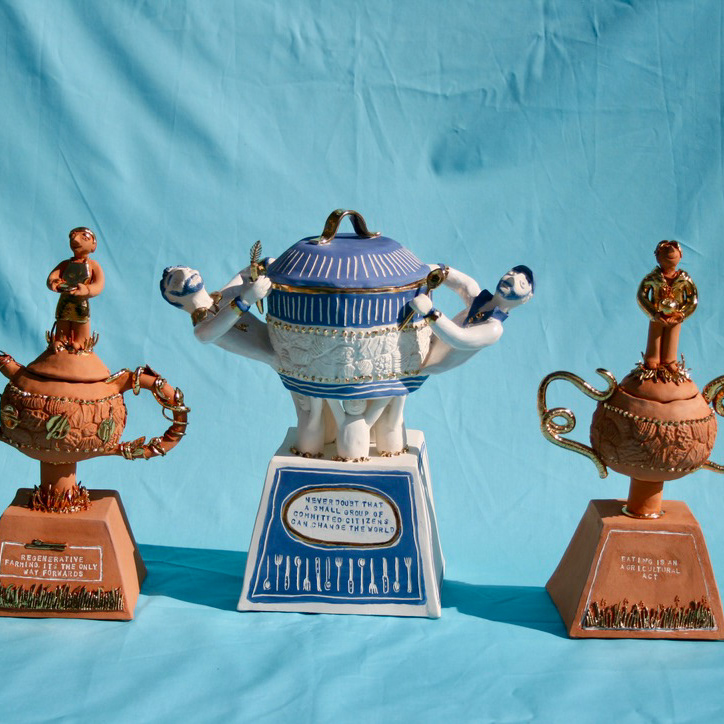linking the trophy back to the soil and the value of growing and being in touch with where your food comes from
photography by Charlie Ashman
Own image of family fridge
Fridge autopsy drawing - unpacking the shapes and forms and giving me time to consider the habits and features
poster i drew. I wanted it to look like a dating app poster, and explore the fridge as a graphic object.
Initial forms playing with visual language based off food waste facts
Trying to capture my drawing style into 3D visual language
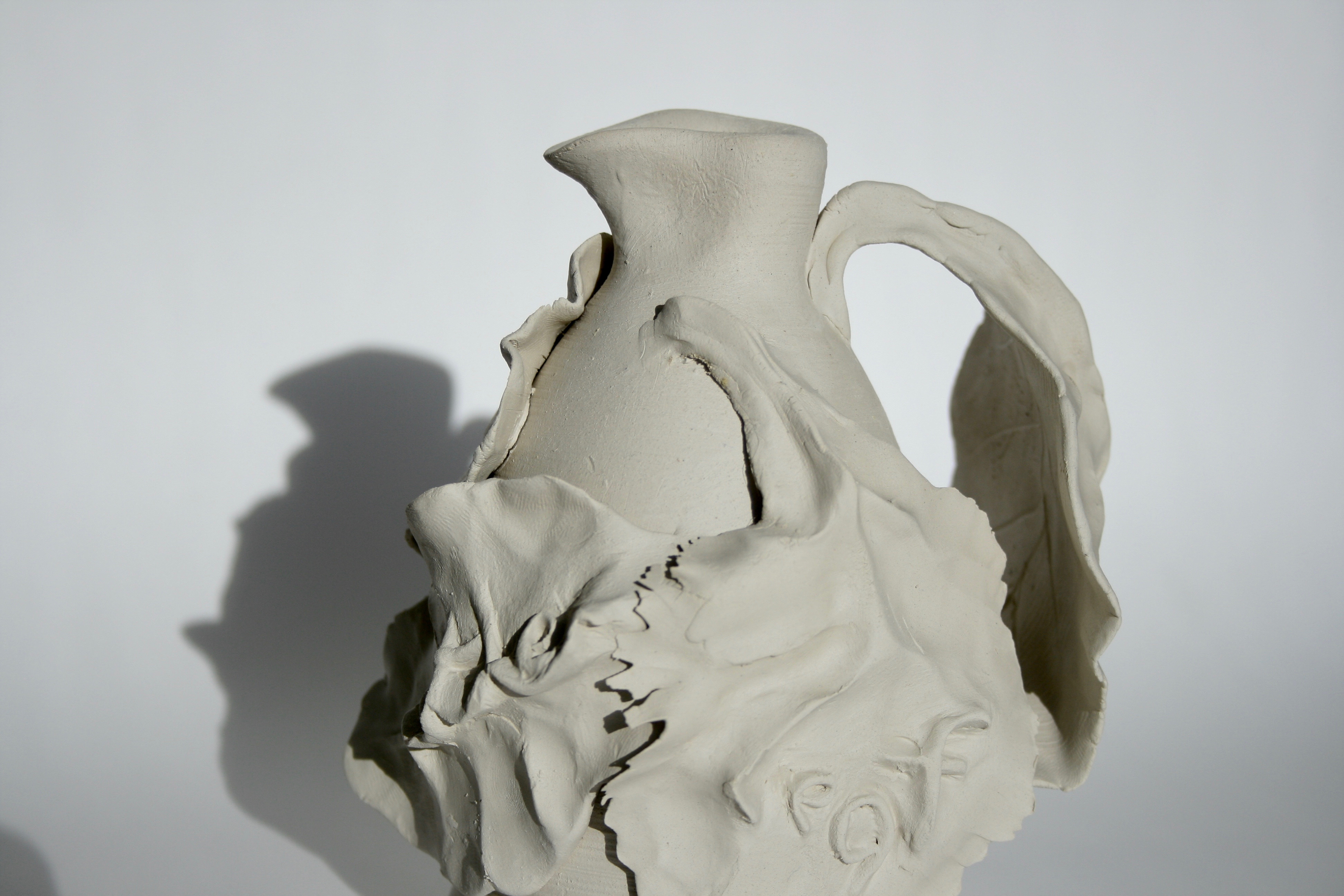
not just another leaf jug - unfired
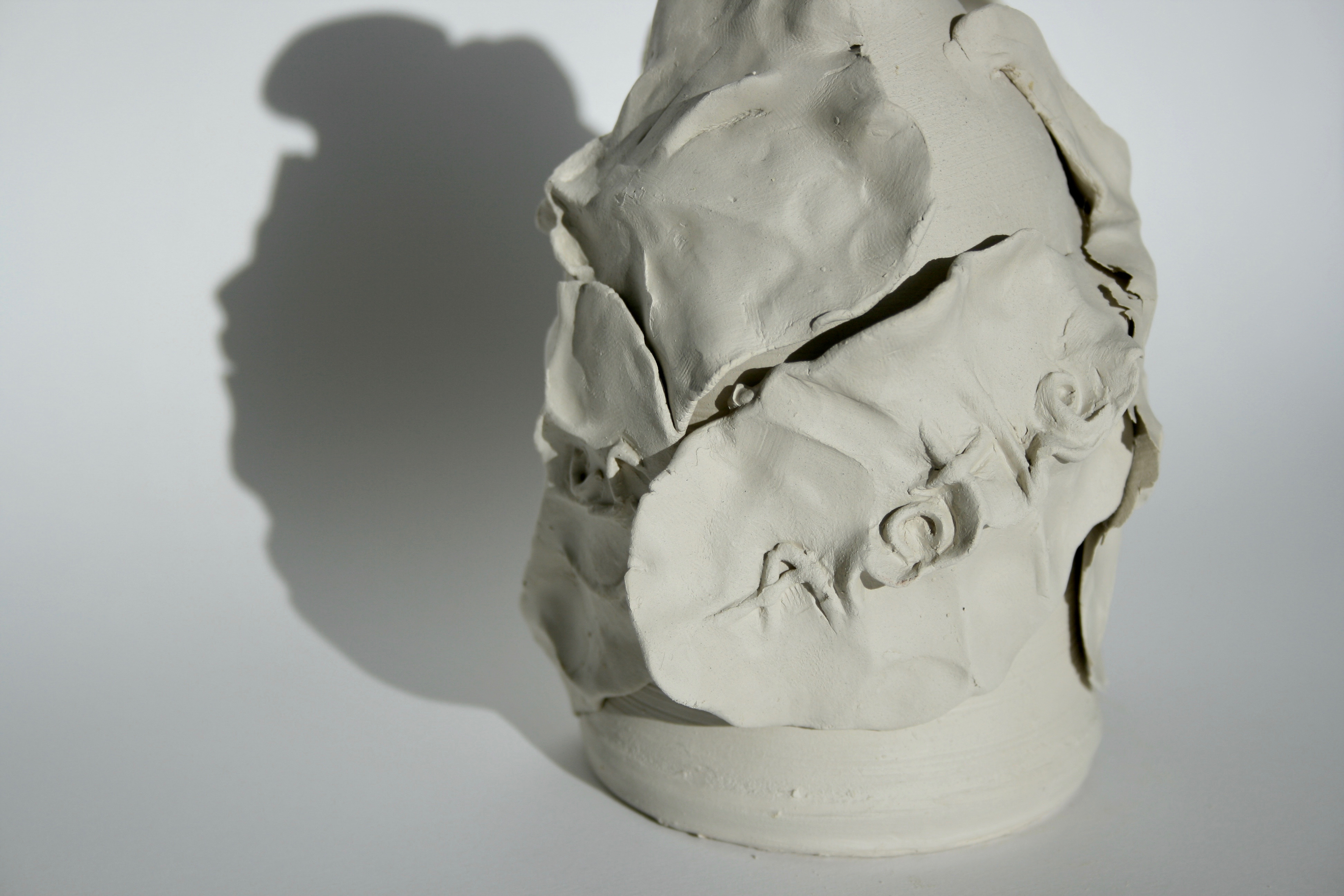
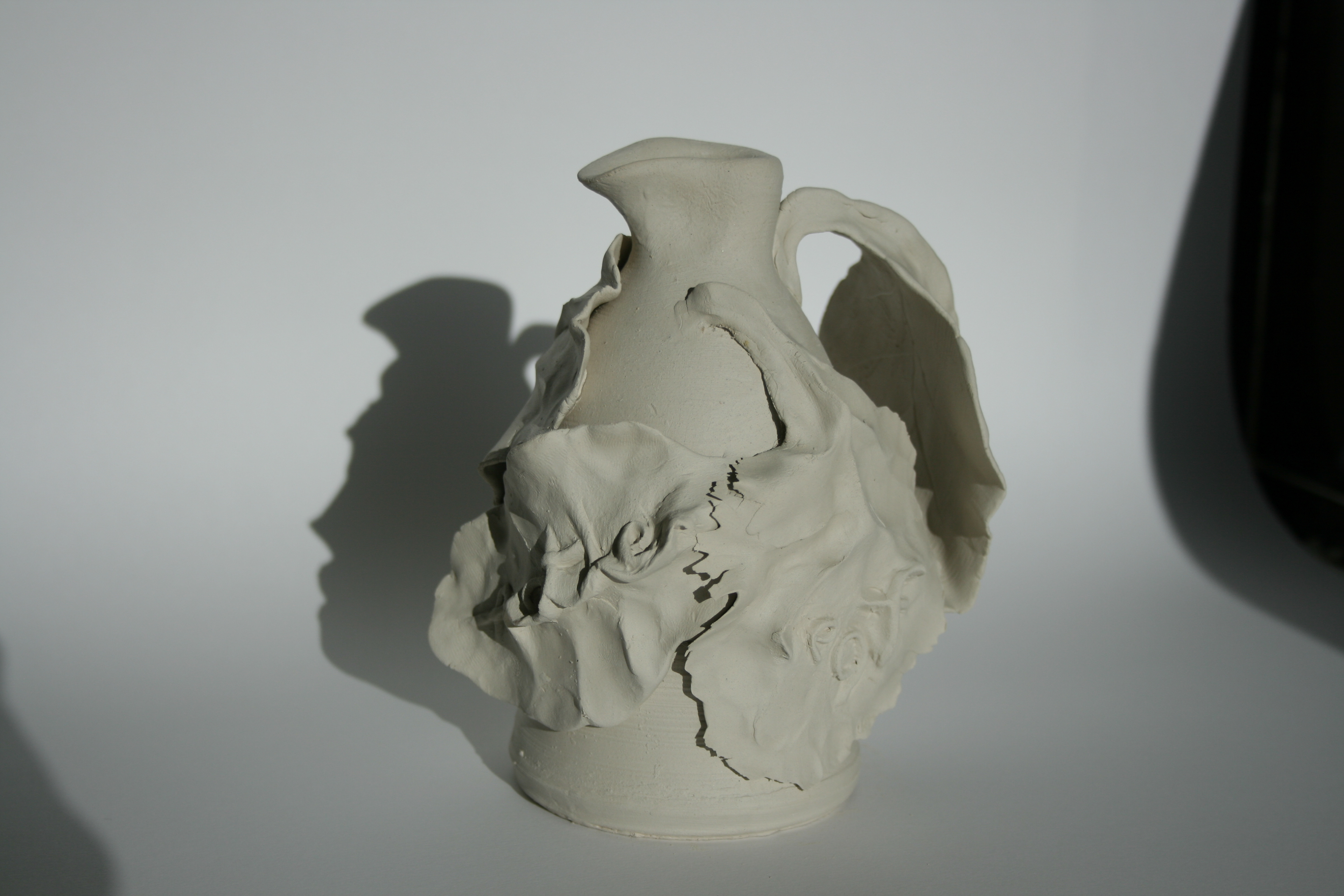
not just another leaf jug
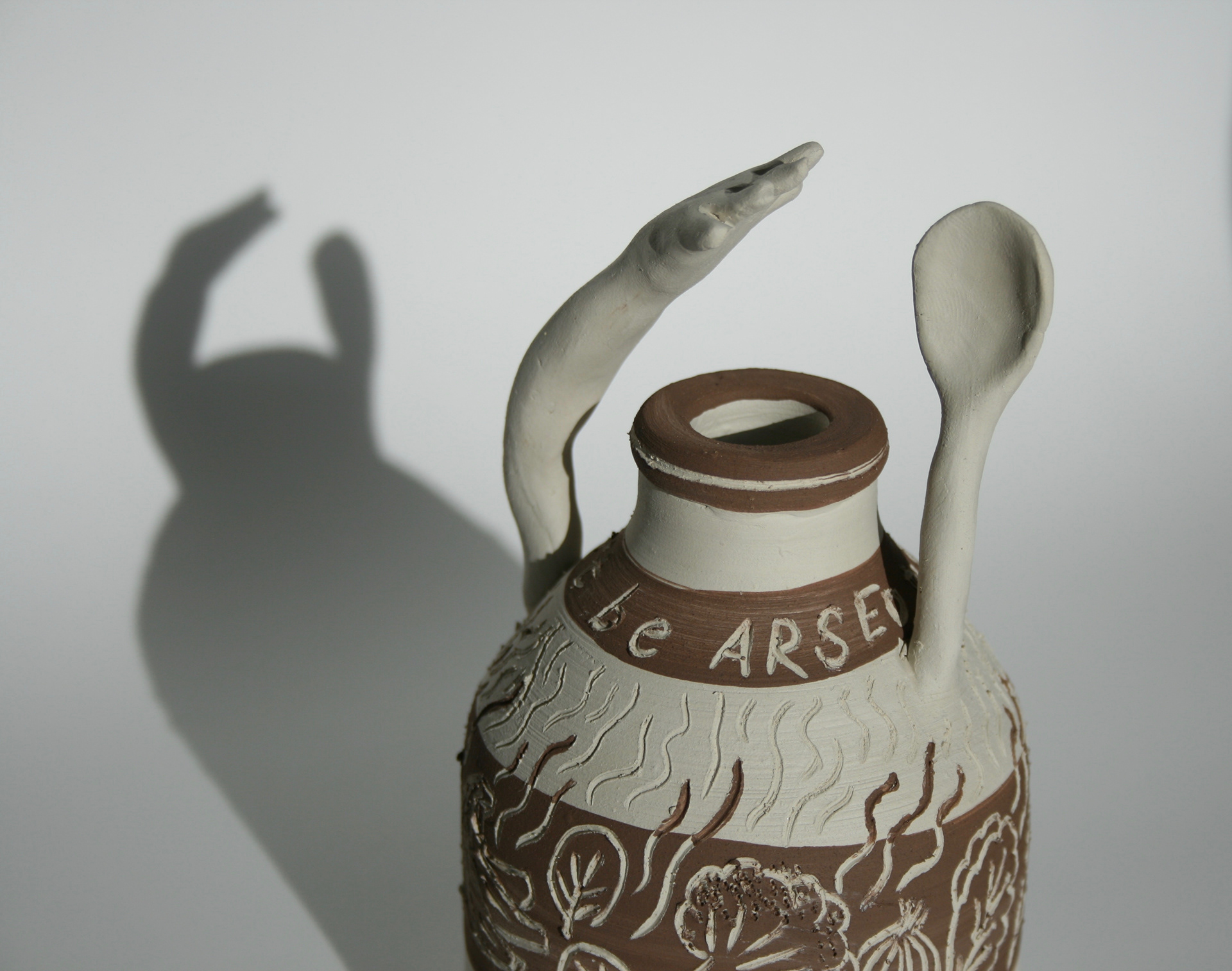
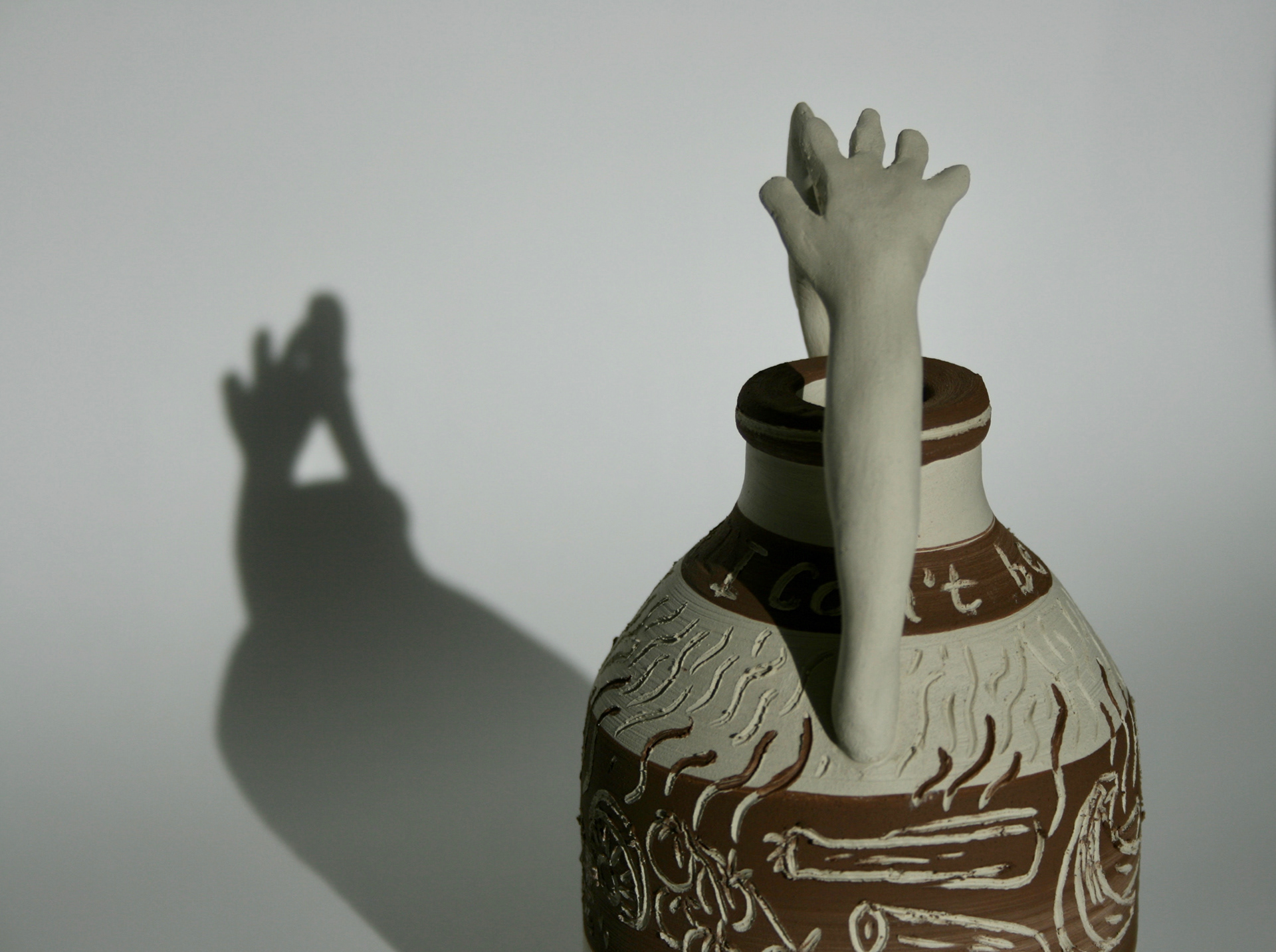
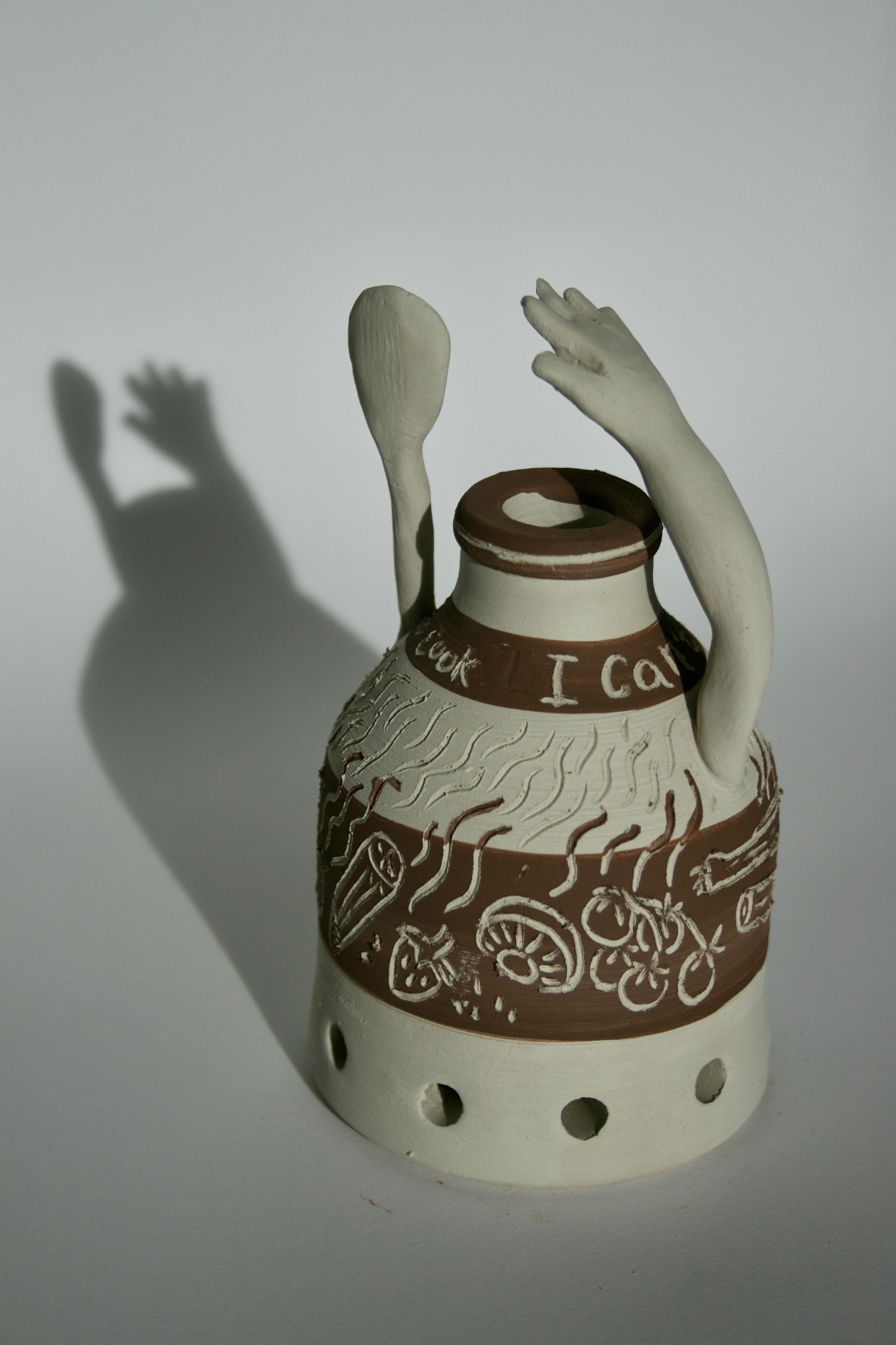
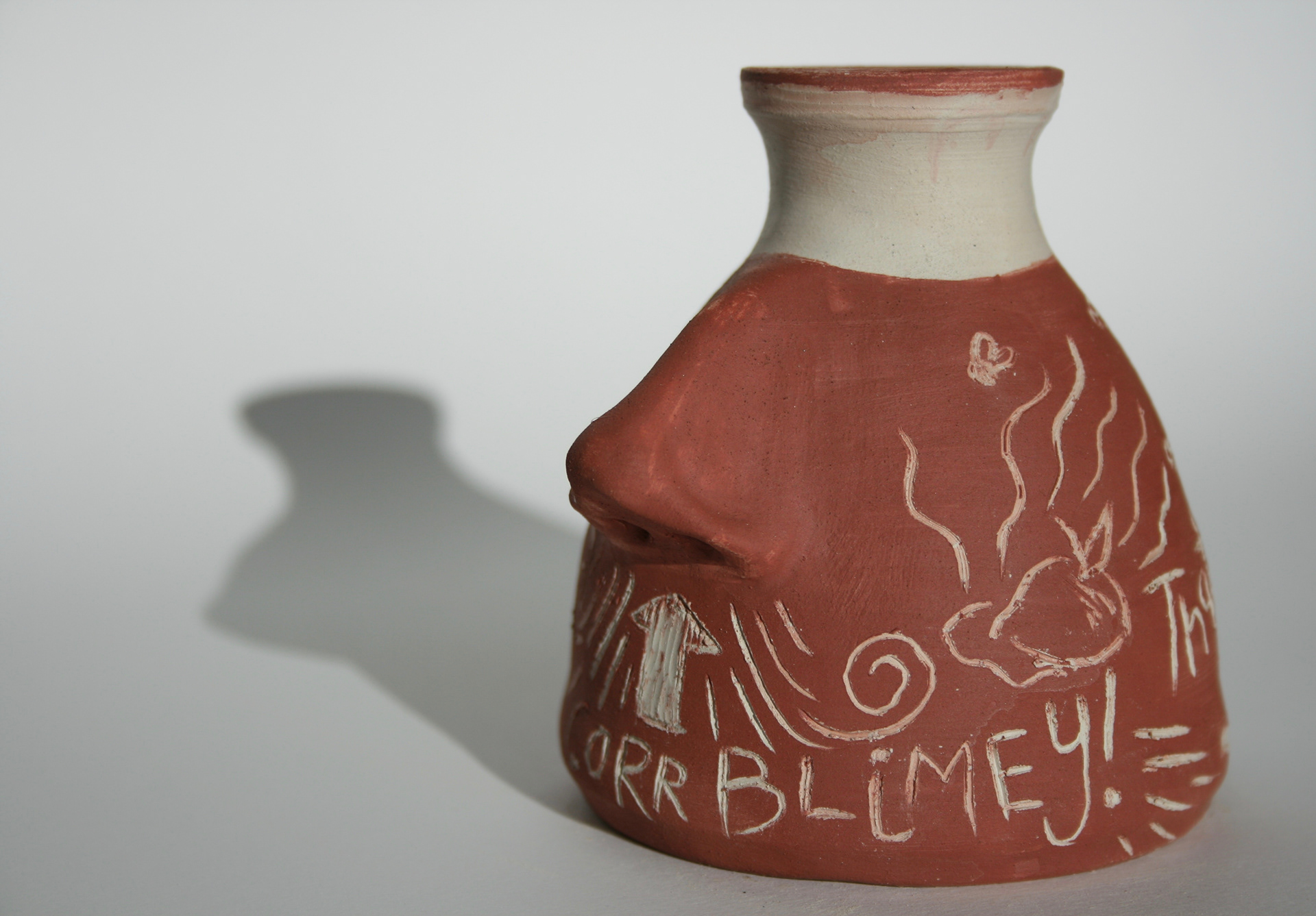
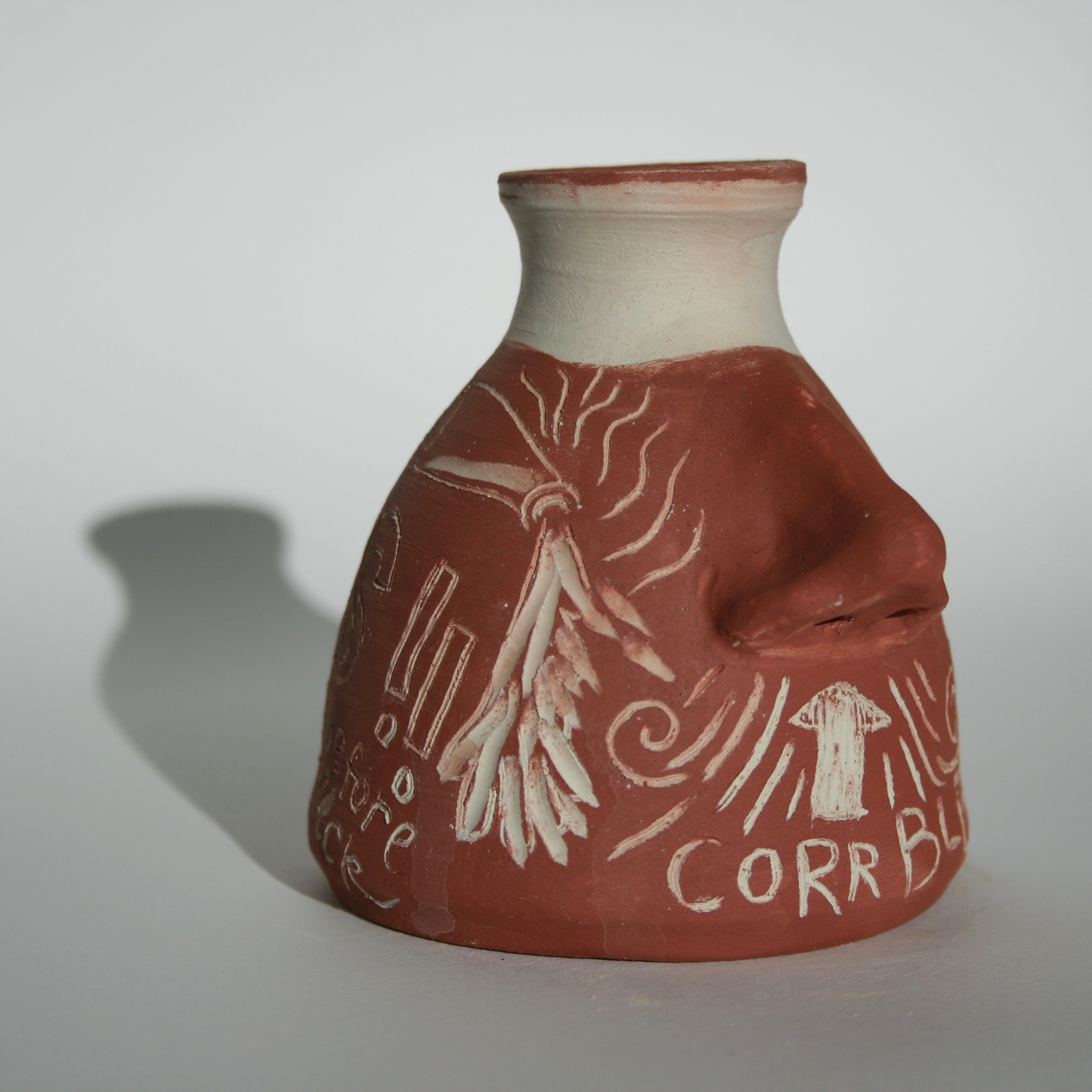
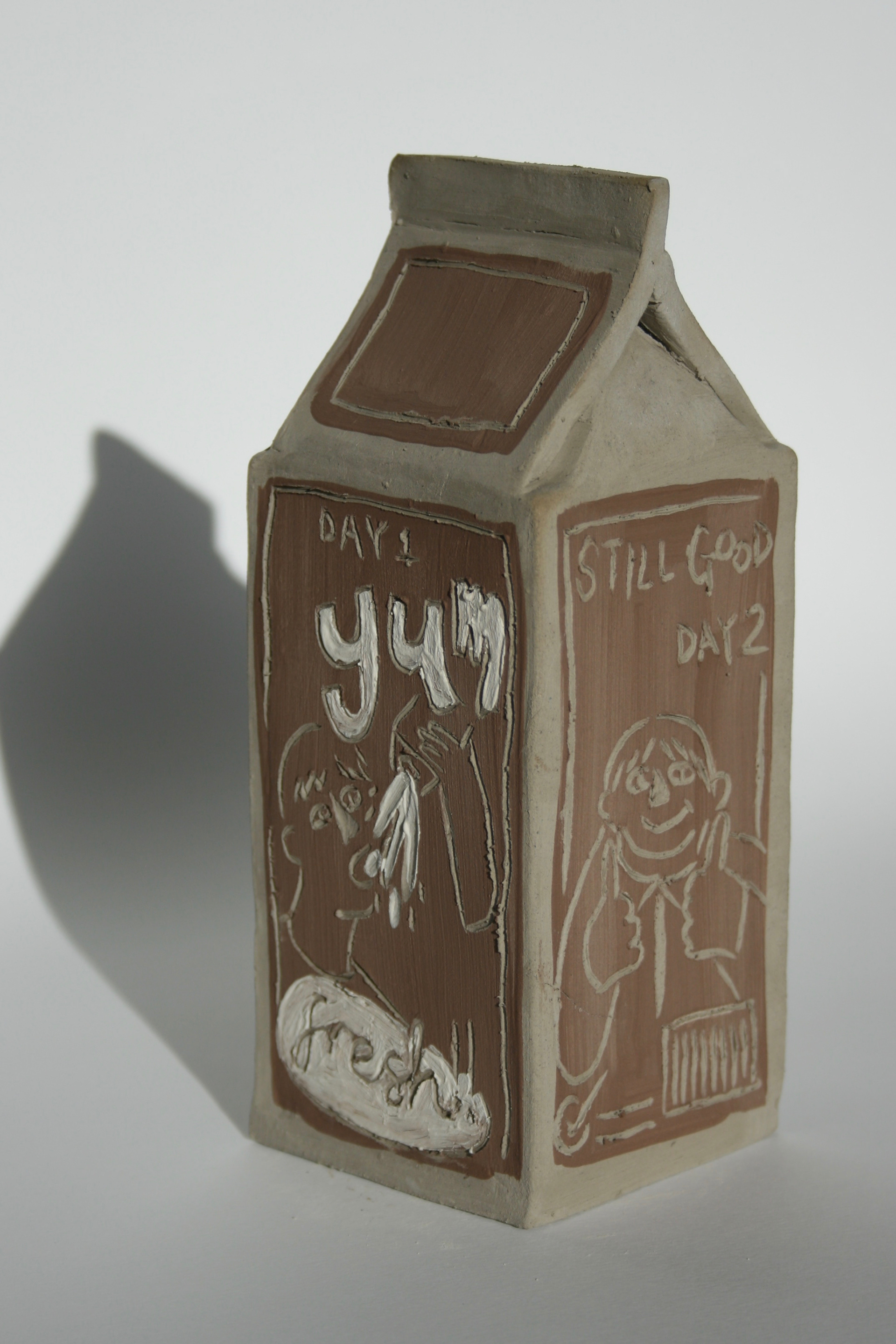
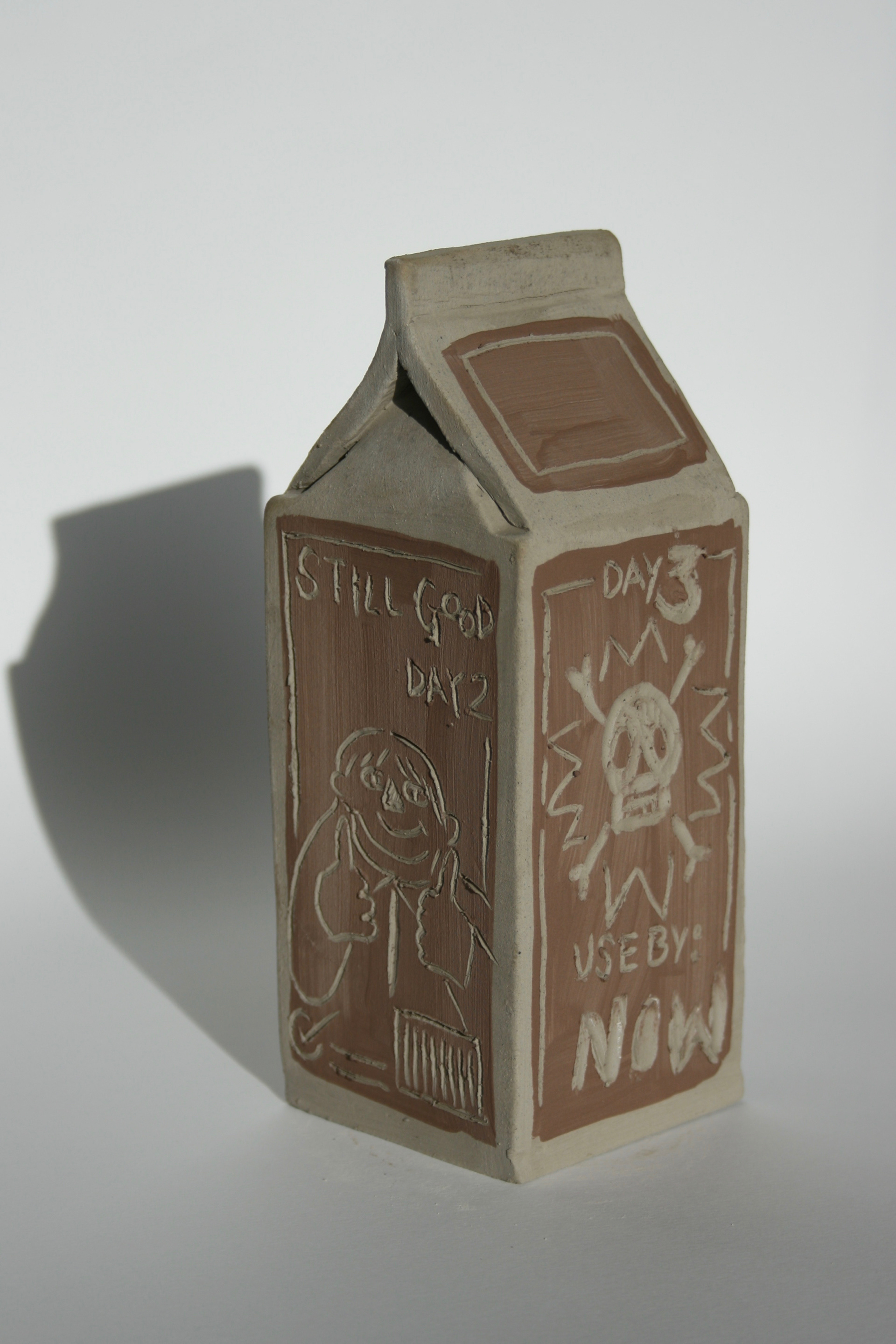
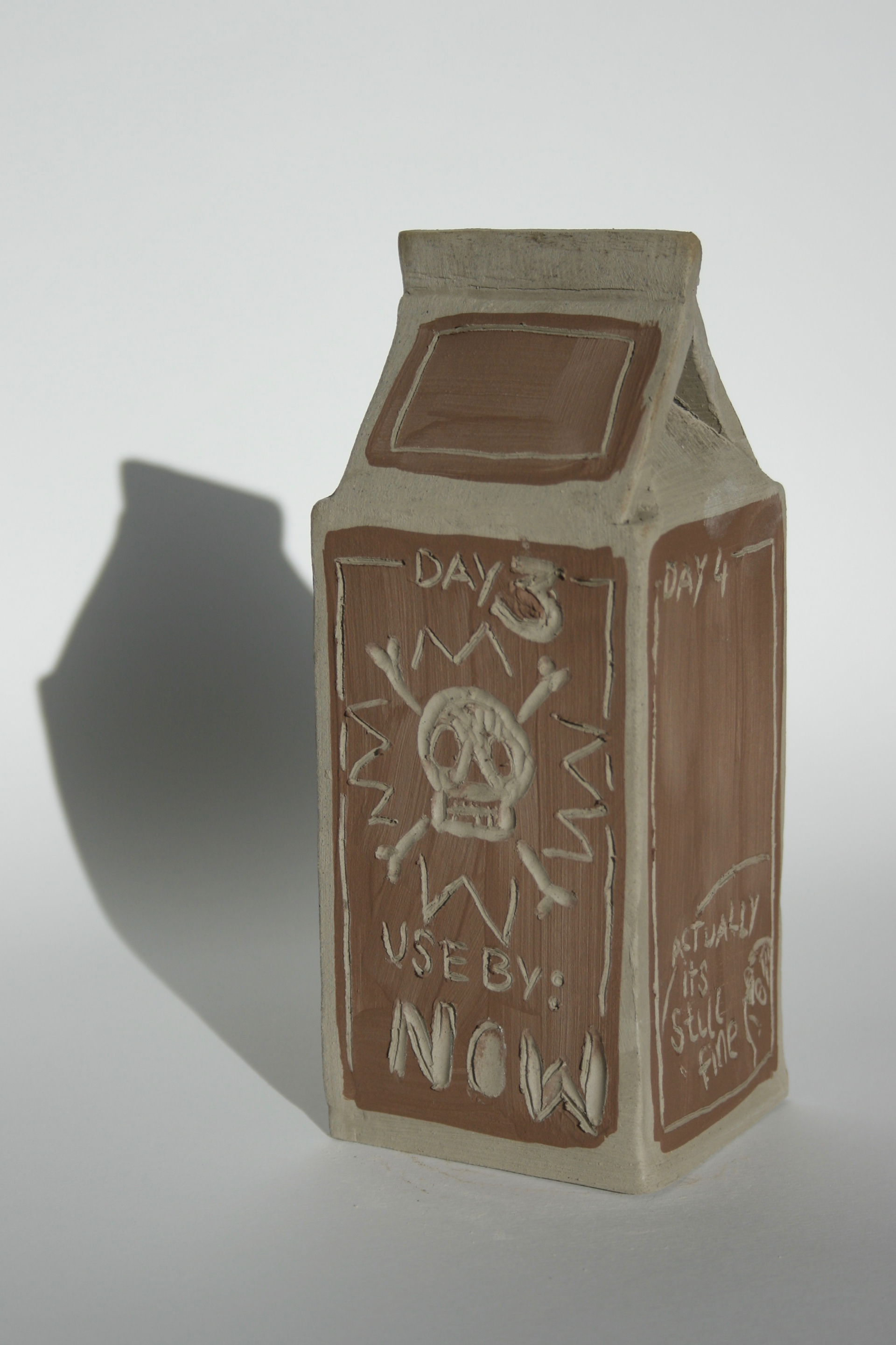
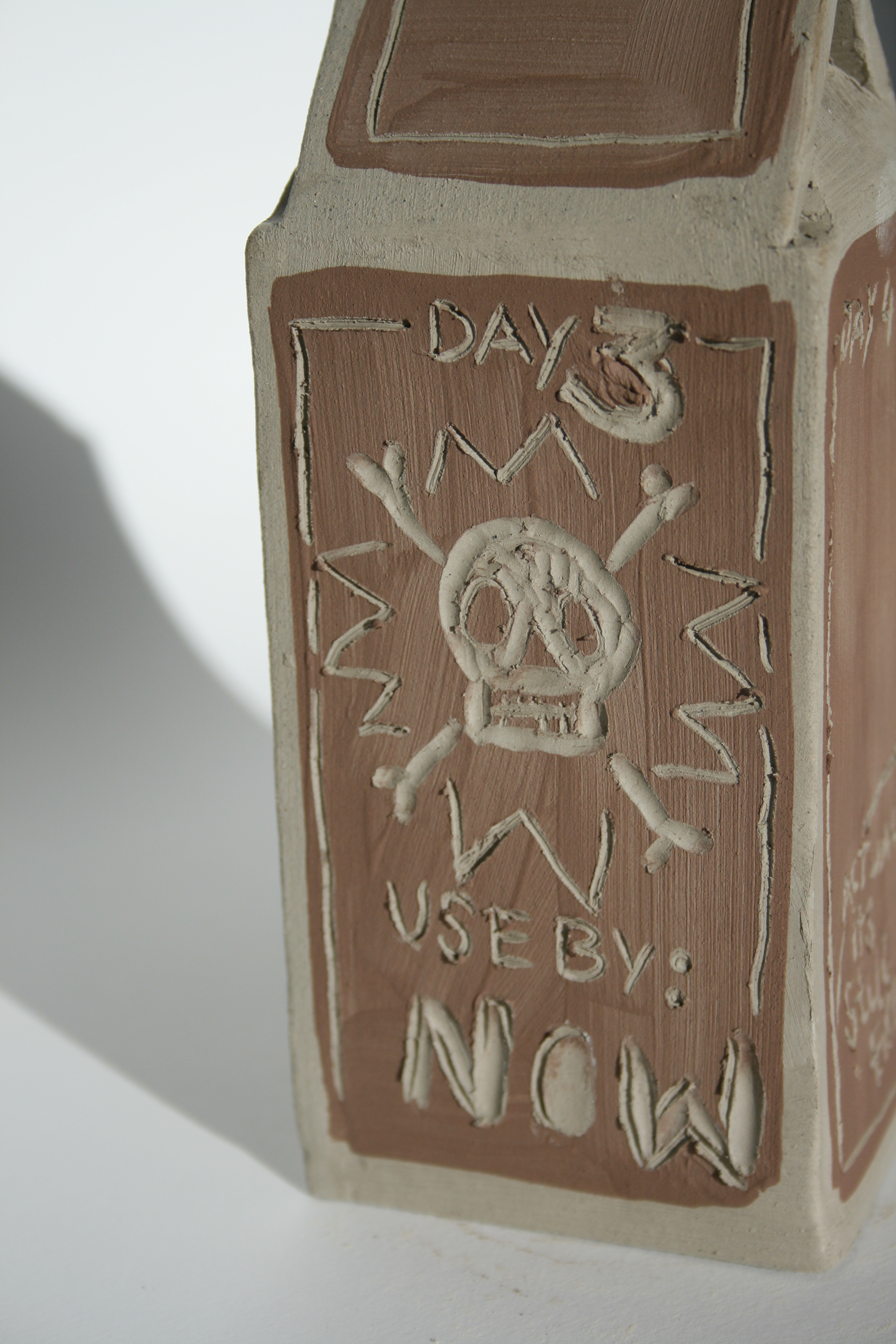
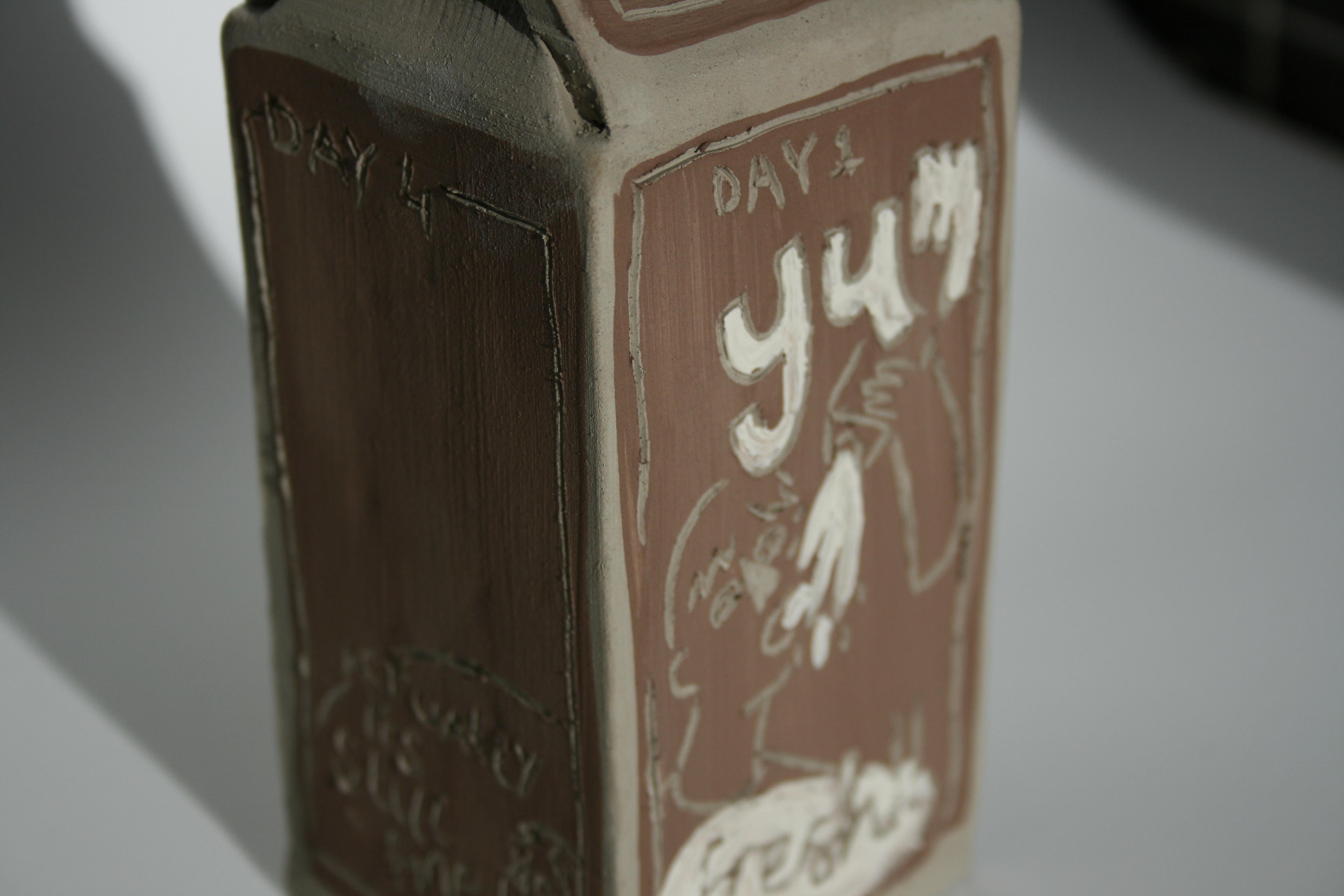
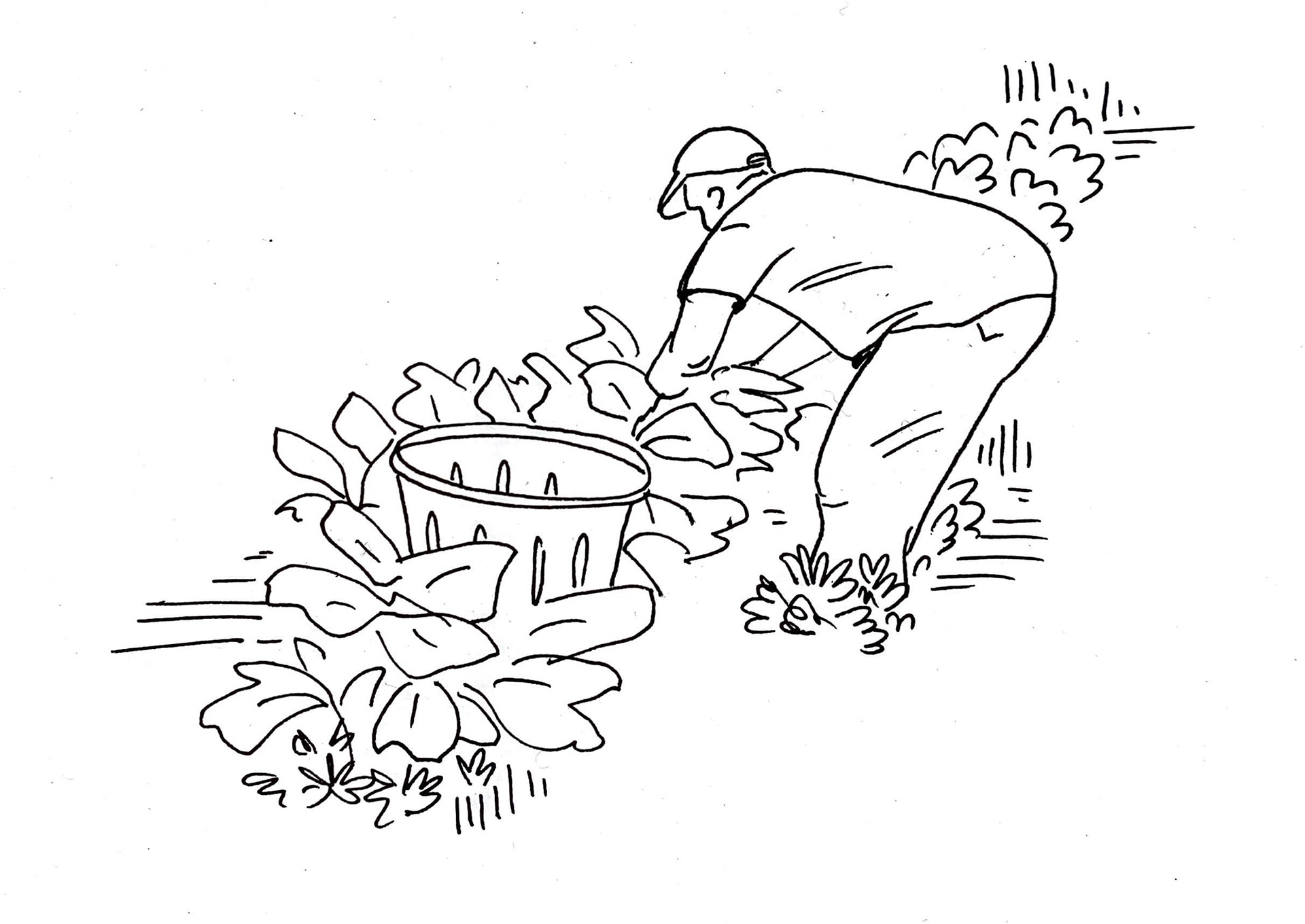
drawings of vegetable farmers
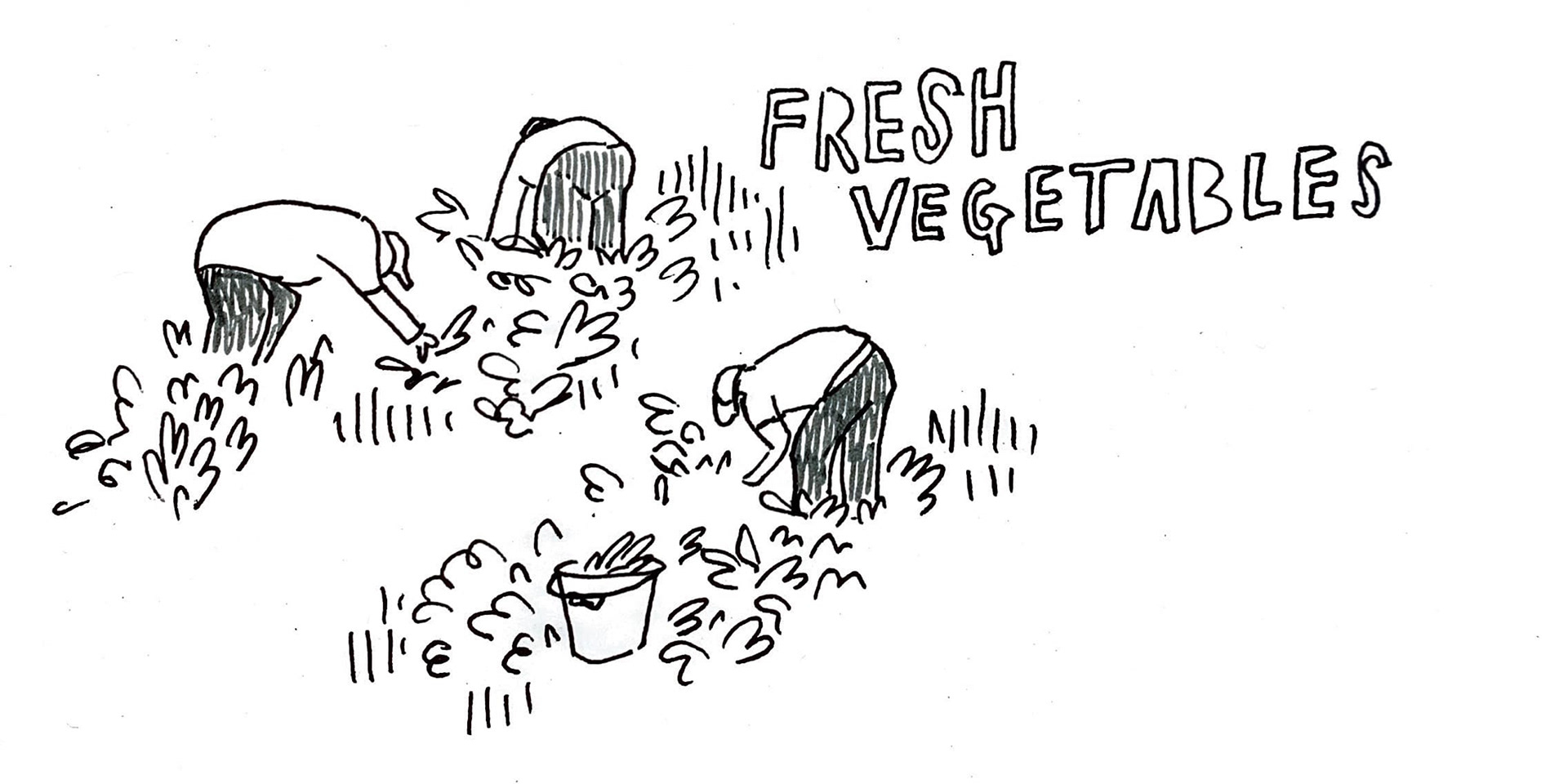
the posture of the people that work on vegetable farms is quite interesting
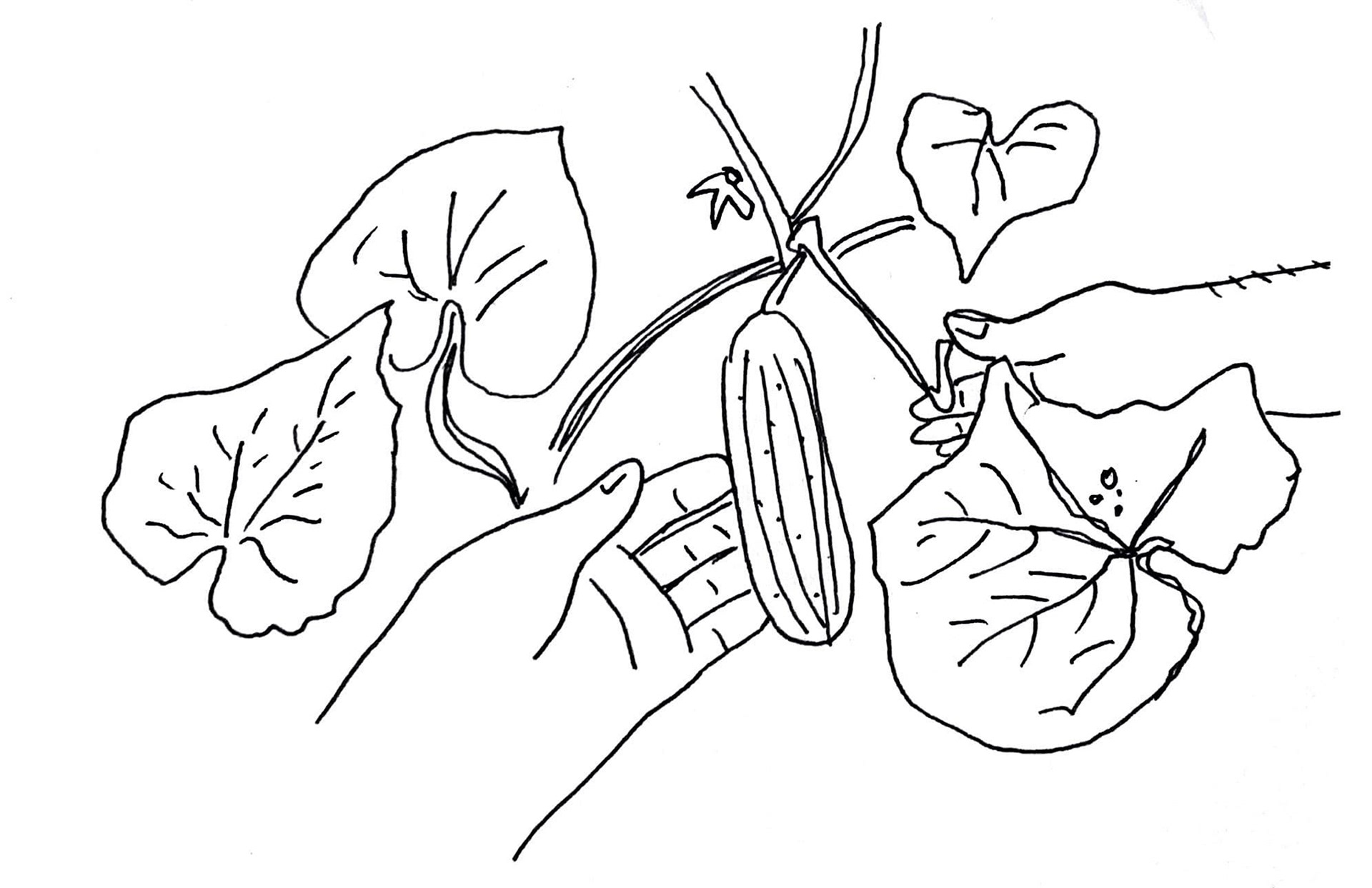

pattern i developed
This form was the final experimental fridge totem i created, It draws from the disconnect in the suburban consumers mind between food and the process and human labour it takes to become that product
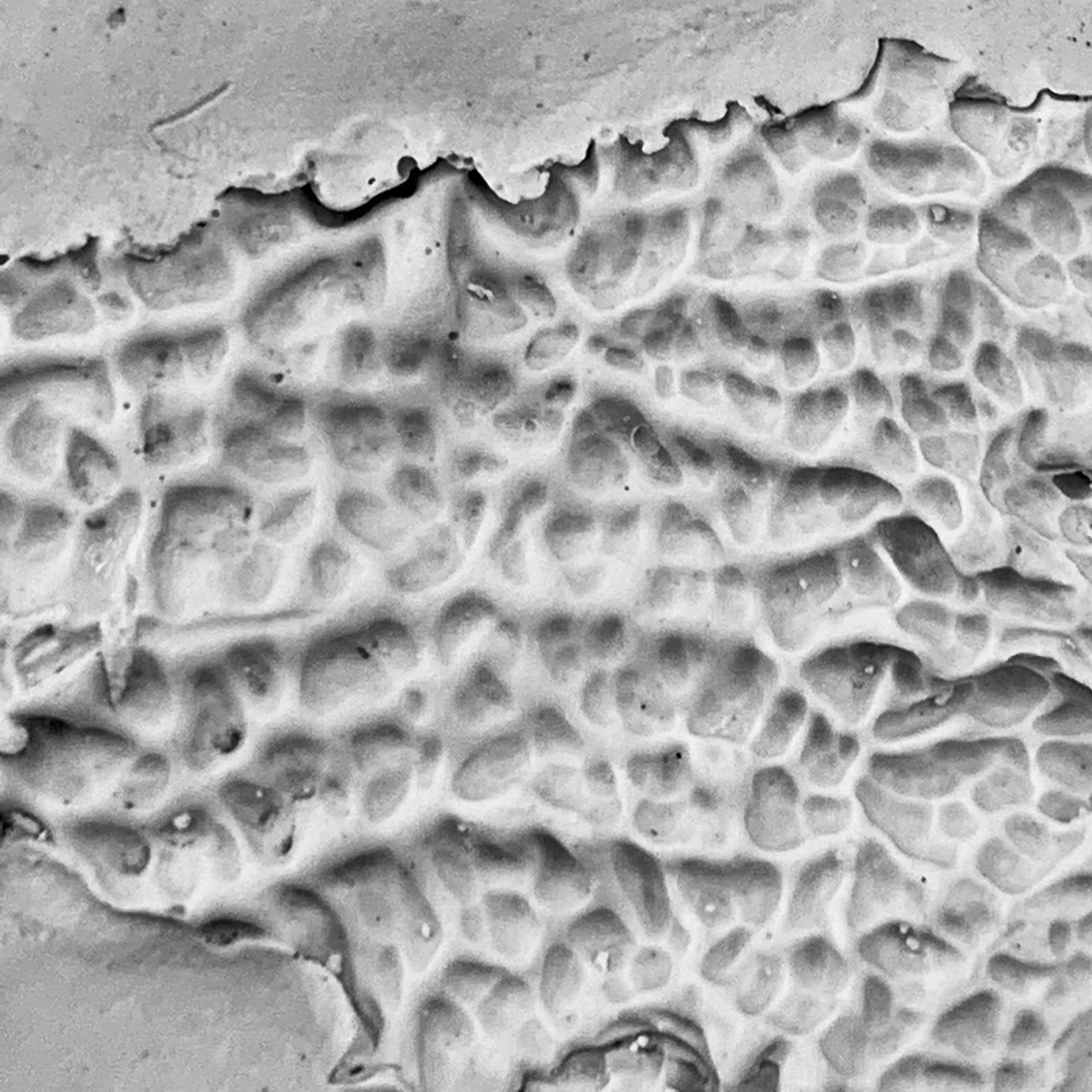
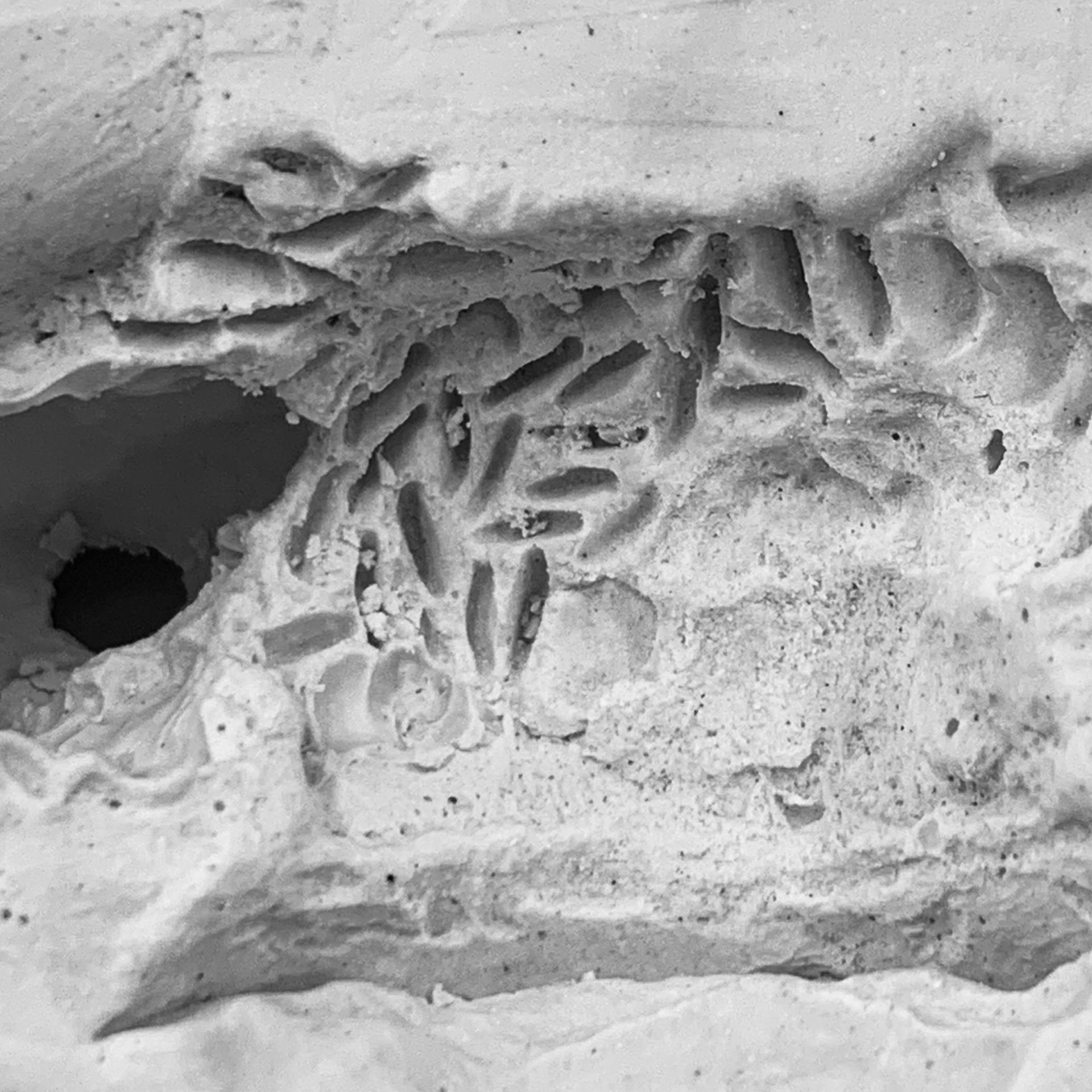
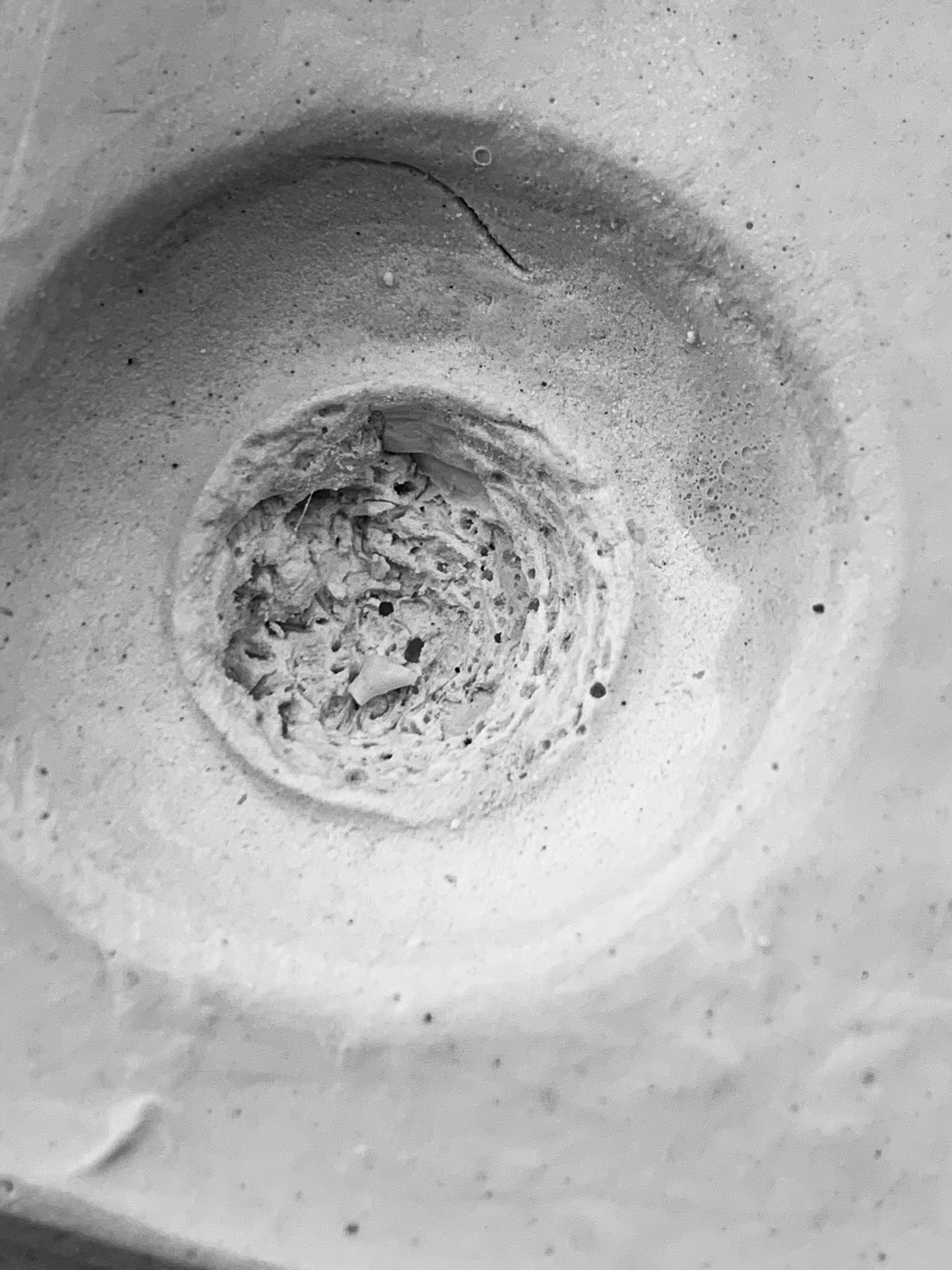
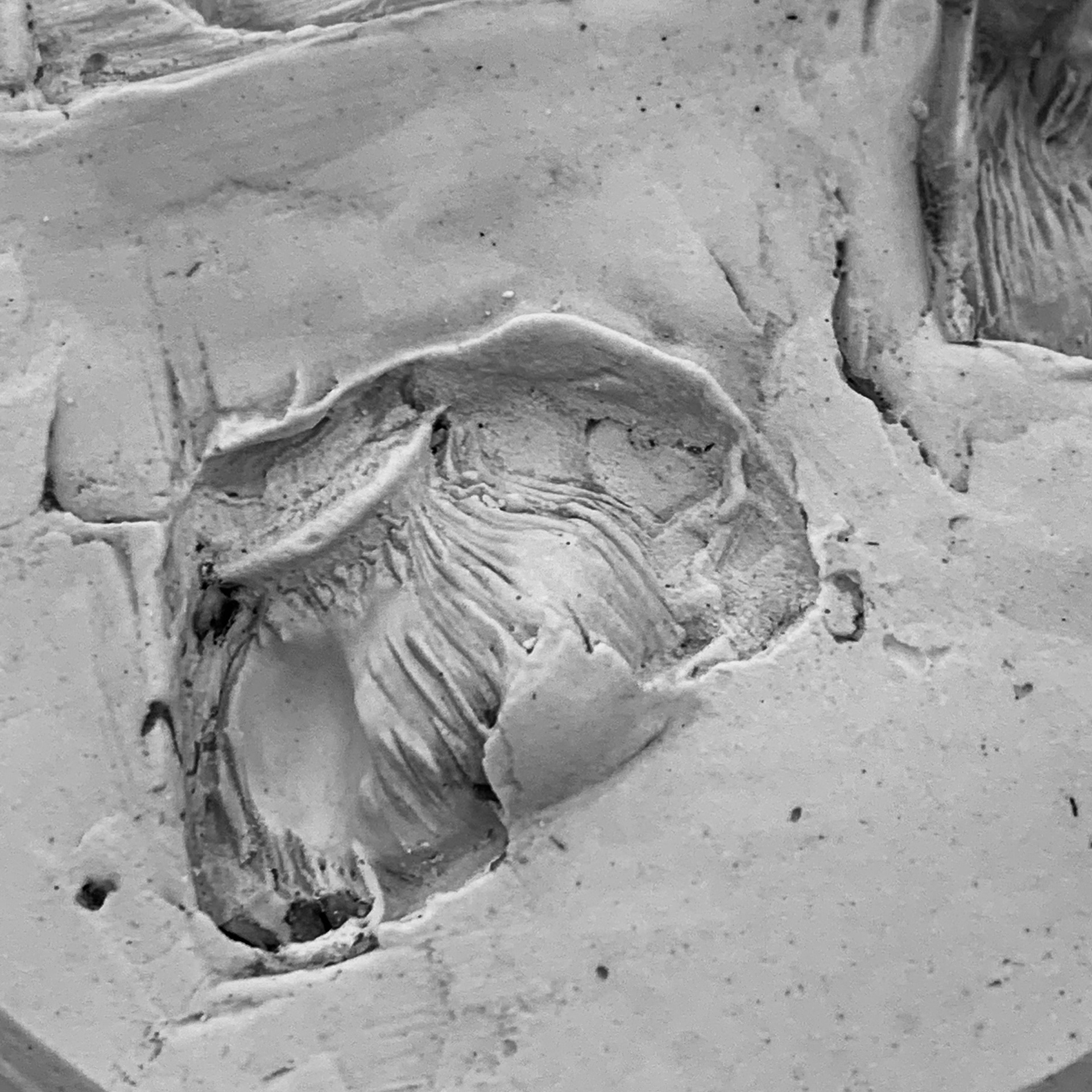
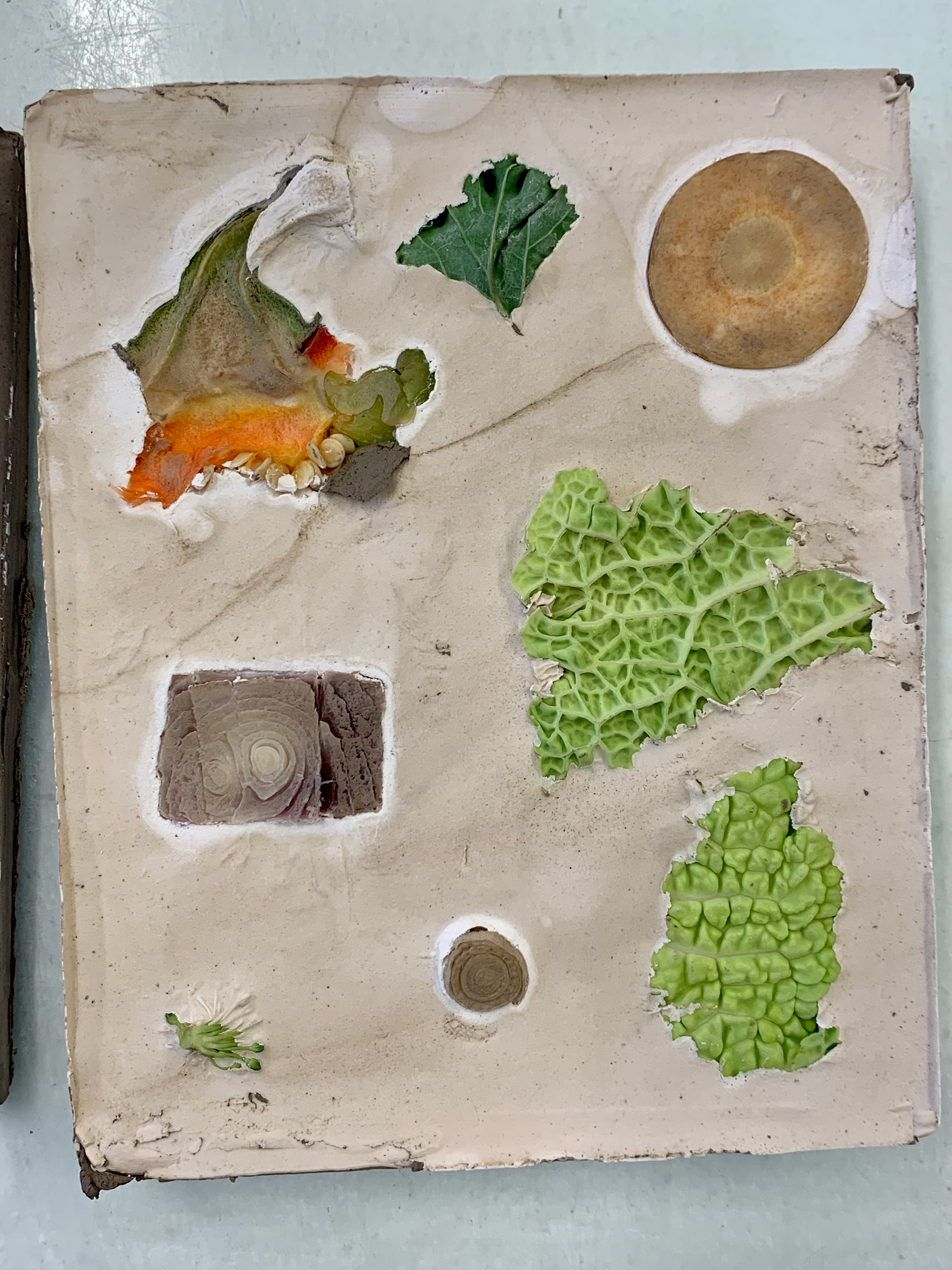
Digital collage I designed (nov 2022) playing with vegetable textures to create the beswick flying ducks

Photography: Charlie ashman 2022

Photograph: charlie ashman 2022

photograph: martha wiles 2022

first set of food waste sprig moulds

processing the wild clay

trying out applying the sprig moulds to a thrown vessel

close up details of the sprigs

egg shell glaze process

before firing - egg shells

after firing - CaO
Finding and recording heroes and rotters to inspire my trophies sketchbook scan. I have managed to arrange a meeting with Chef Ben to talk about his work in milk and honey hosting the zero waste supper club
Illustrated trophies from the V&A archive of metal cups - Why did these forms stand out for me?
How can they influence my work?
First trophy form
Planning of trophies
scan from hand drawn "heroes and rotters" case study book showing ideas for converting the work chorlton grocery does into a trophy that celebrates it. It shows my plans to use helen beards Glycerin and underglaze technique to draw on bisqued or dry greenware parts on the base, to embroider further meaning into the piece
sprigging test tiles
artists own image - going into the bisque kiln
artists own image - beginning the glazing using monoprint technique
Proposal image from CP3 - illustrating my intentions for this project.
Thrown bodies of the trophies - much bigger than before
Nearly finished built trophy for milk and honey
trophy before firing - now i need to resolve my glaze and test it so it won't run....
test using letterpress stamps to imprint the plaques with words
wild clay trophy as i worked on adding the figures etc
the wild clay when i found the cracks once it had disintegrated
further images of the damage
image showing the complete breakdown the clay at the base of the trophy
example of how difficult the wild clay is to throw - issues with the plasticity. To remedy this, i have began processing more wild clay that includes recycled other clays that are more plastic - like almington and ivory stoneware.
part of the method to reduce the chances of cracking - a moist plaster batt that allows water to drain out of the base slowly and protecting the rim with damp tissue to prevent any stress in the body due to differences in shrinkage.
scan from my sketchbook showing the research i did to prevent my underglaze from running
test sprigged wild clay that i can use to test glazes, the strength of the clay and practice my sprigging on it.
Bisqued Trophy - I am working on the glazes and making sure that they're resolved before going any further with this piece.
detailed shot of the trophy in its bisqued stage
Test of letterpress stamps on sardine can that might be used as a plaque for the trophies.
Breaking down the dimensions and visual narrative of the next pieces
Throwing to exact dimensions of my drawing
Mini wild clay glaze tests - now i need to plan and experiment with different glaze options
resolved monoprinted test vase - using thick cobalt glycerin mix, sprayed with fixative and sprayed with tin shiny glaze
test of glaze on wild clay - ash glaze in stamped phrases
mushroom sprigged wild clay test
sprigged test with additional figure - does the use of slogan add clarity to the meaning of the pieces?
Mock up on Procreate to understand how the three final pieces would work together, adding colour and working out where the lustre will go
By testing the lustre on my previous pieces, i gained an idea of how thick it needed to go on, how much i would use in the process and the shade that the lustre would go on the different clay bodies and glazes.
first final wild clay trophy - i now need to decide whether i want to add slogan and / or ash glaze to add white details - particularly on the base.
the white parts would be indented at greenware and then filled with ash glaze to give a chalky crisp white line and the gold is where it would be glazed and lustred
Considering the use of tin can plaques instead of stamped ash glaze details - plus thinking of slogan to add context and working out where it should be lustred.
Workshop notes from the development of the final trophy - It is an adaption from my earlier design which i completed in ivory stoneware, to the new dimensions.
You can also see where i work out the graphics and even Kerning and placement of the slogan on the base of the piece.
final wild clay trophy for Unicorn Grocery - most ambitious yet with the neck being see through - im really happy with the outcome of representing the community and co-op attitudes that unicorn takes to providing a food system.
Wild clay Lustre test
Looking at these last two trophies with my previous work sat beside me does make me feel proud of the resolution i've achieved. The last trophy for unicorn grocery has no cracks no slumping no craggy edges. To me it demonstrates the how far i have come in terms of resolution of these objects, understanding the limits and requirements of the material and processes Ive developed.
finished trophy photographed finished and lustred
wild clay trophy for unicorn grocery finished
wild clay trophy for Manchester Urban Diggers
Trophy from Manchester Urban Diggers, held by one of the creators of MUD - a lovely completion of narrative at the community garden
photograph by Charlie Ashman
